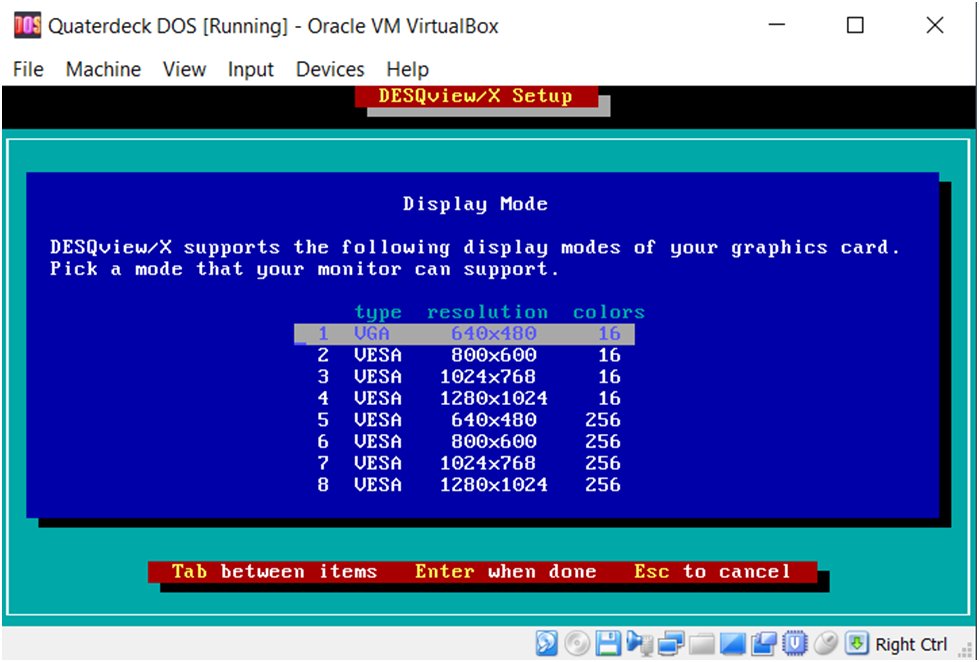Back in the day, I was oddly fascinated with the different types of DOS GUIs... and which applications seemingly had similar ones! I thought I'd take a few minutes and look at three different styles of DOS GUIs from the past, I am sure it will bring back memories for you too! 🧵








First of all, I have to give credit to this Reddit post, which was the inspiration for my post. Lots of great discussion over there, and I will borrow some of it for here! reddit.com/r/DOS/comments…
So, I'm going to start out with TurboVision, a framework included w/ Borland Pascal, Turbo Pascal, and Borland C++. Some of the programs I recognize that use it are Novell apps and one of my favorite files transfer programs, FastLynx. Note the title and "blocky" background.




Also, for Turbo Vision, there is a modern port of it that supports Unicode! github.com/magiblot/tvisi…
Next up, we have the classic Microsoft look, used by MS-DOS Editor, MS Word, and other Microsoft-developed applications (fun fact: MS-DOS Editor and QBasic use the same executable to run!)


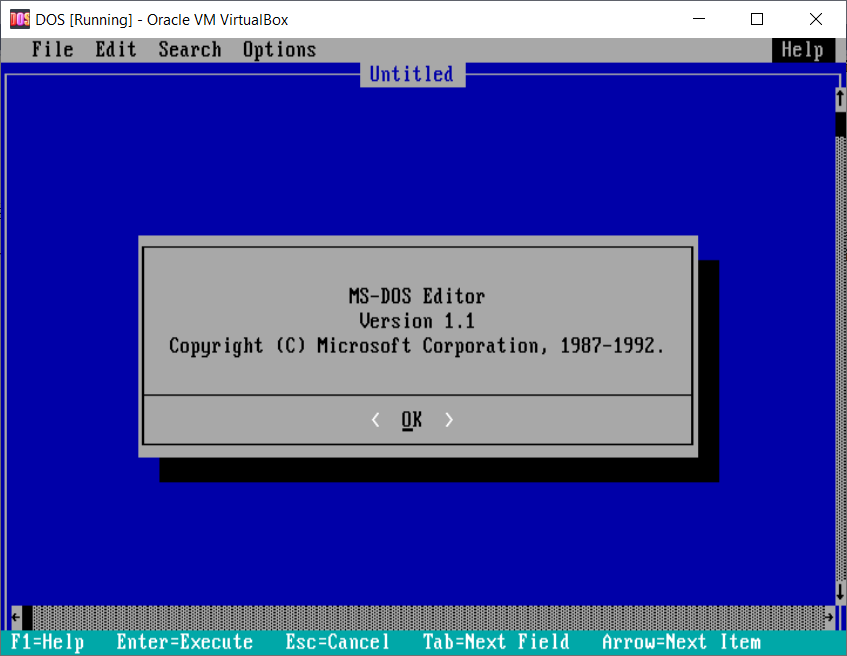
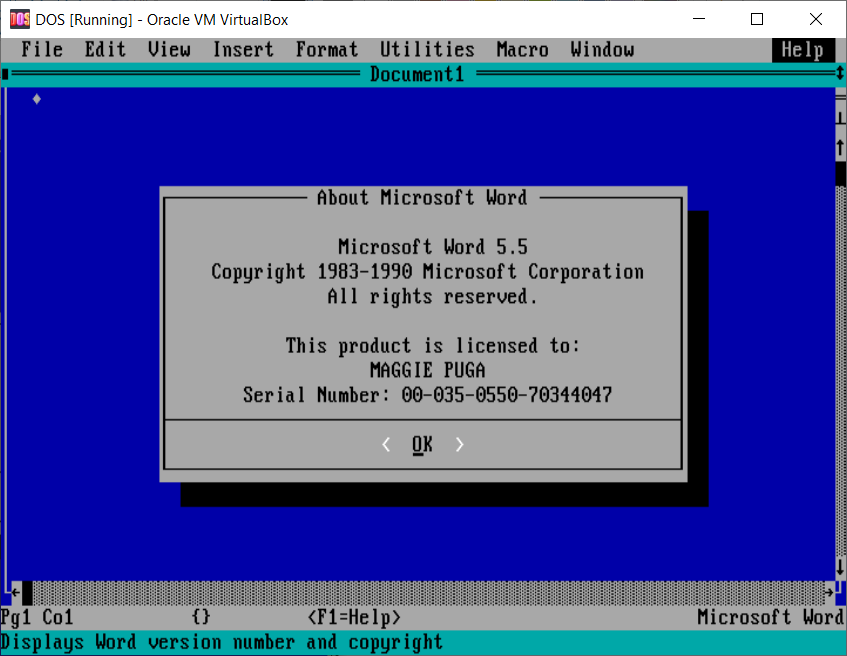
And, third & finally, we have the Central Point/Norton interface. I believe this started with Central Point Anti-Virus, & Norton adopted it with the purchase of Central Point. And, of course, we have Microsoft Anti-Virus that was bundled with DOS, which was made by Central Point.




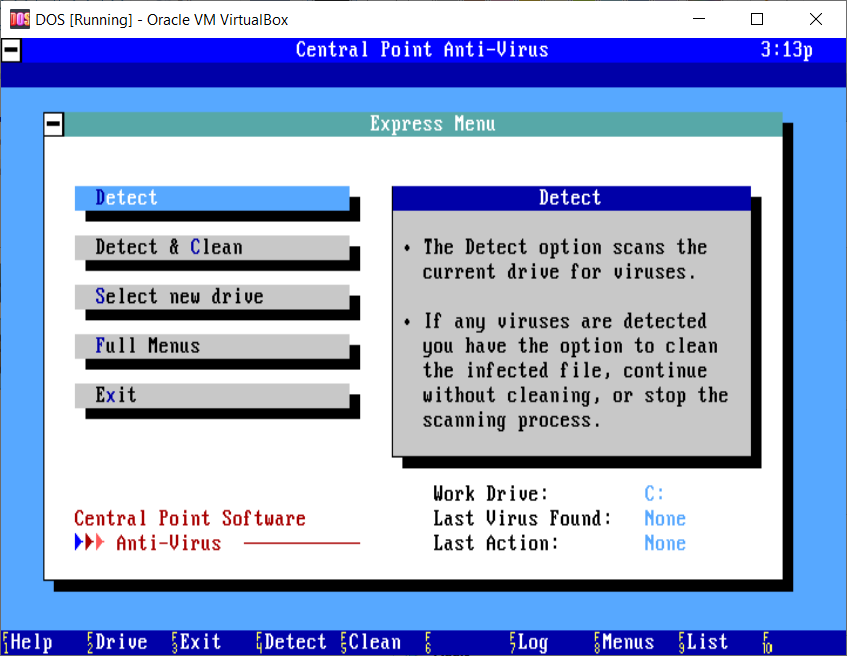
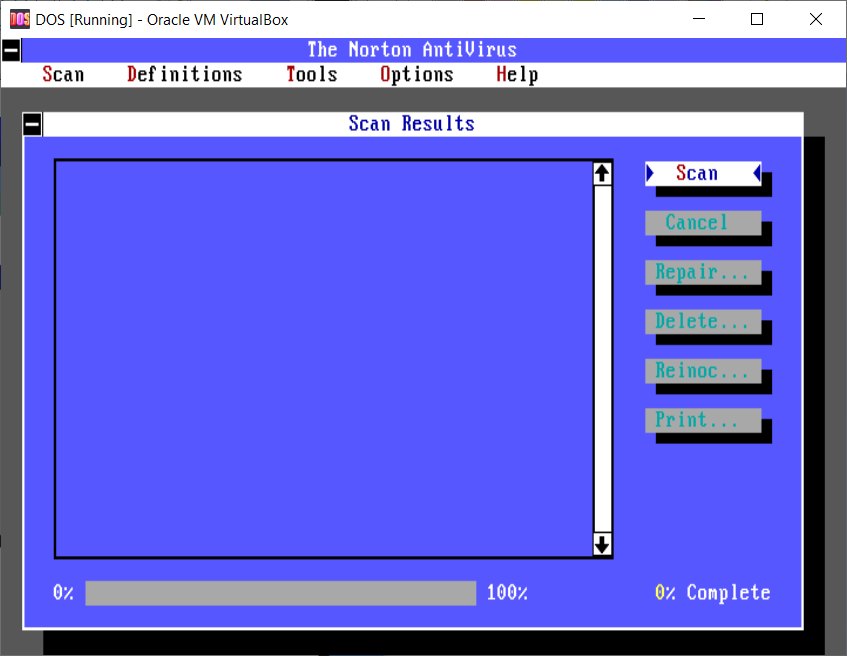
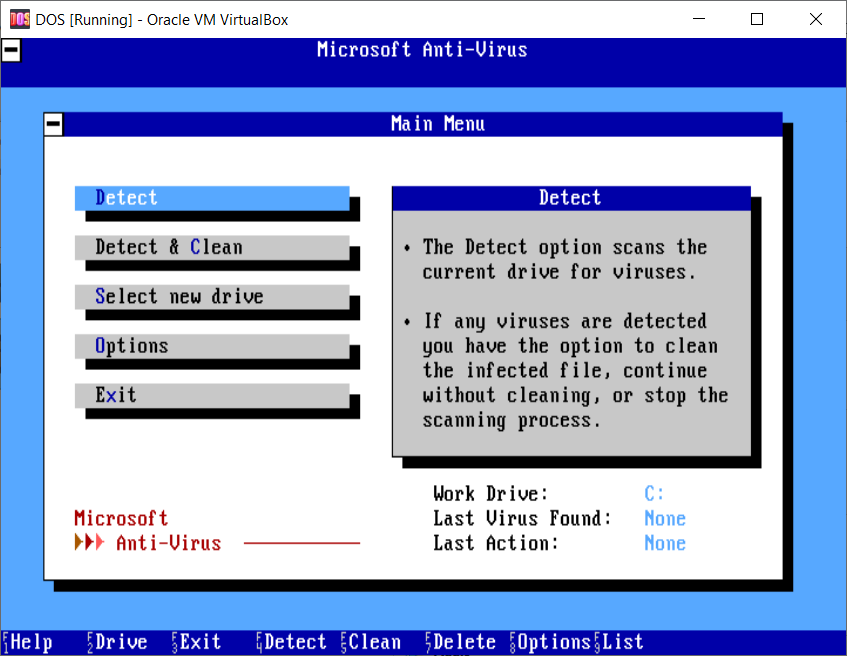
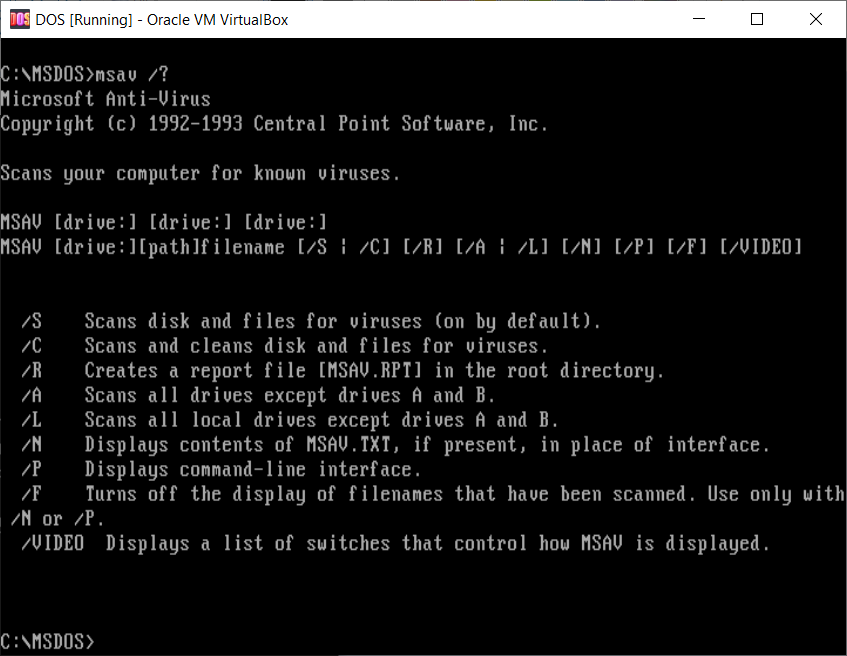
Also of fun note, Microsoft Defrag was bundled with DOS, as was Microsoft Backup. And who authored these? Symantec!




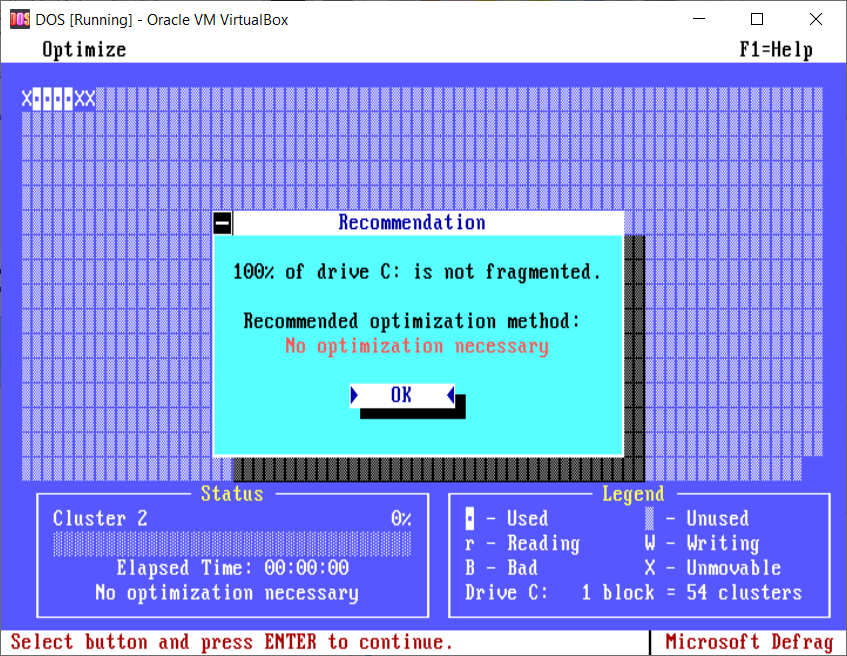
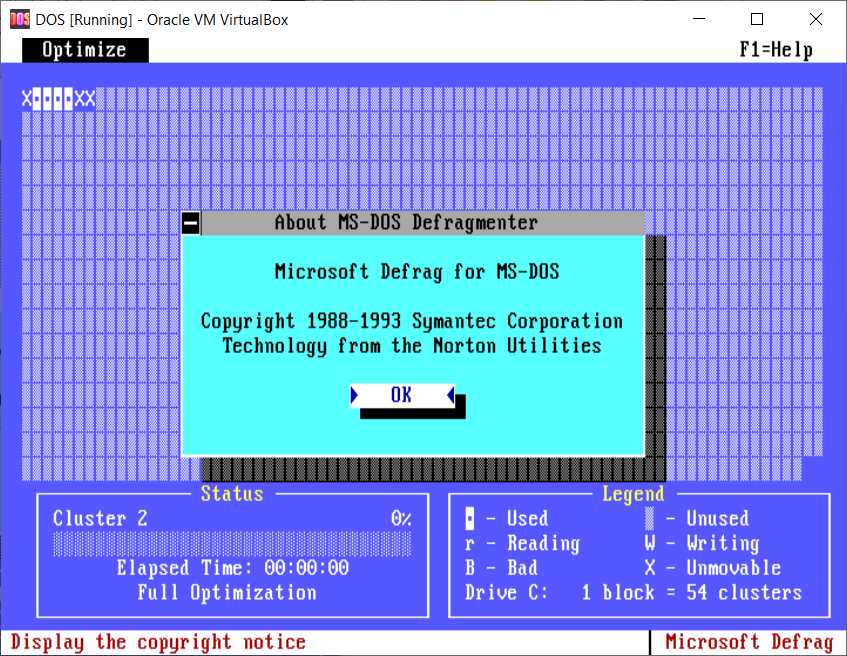
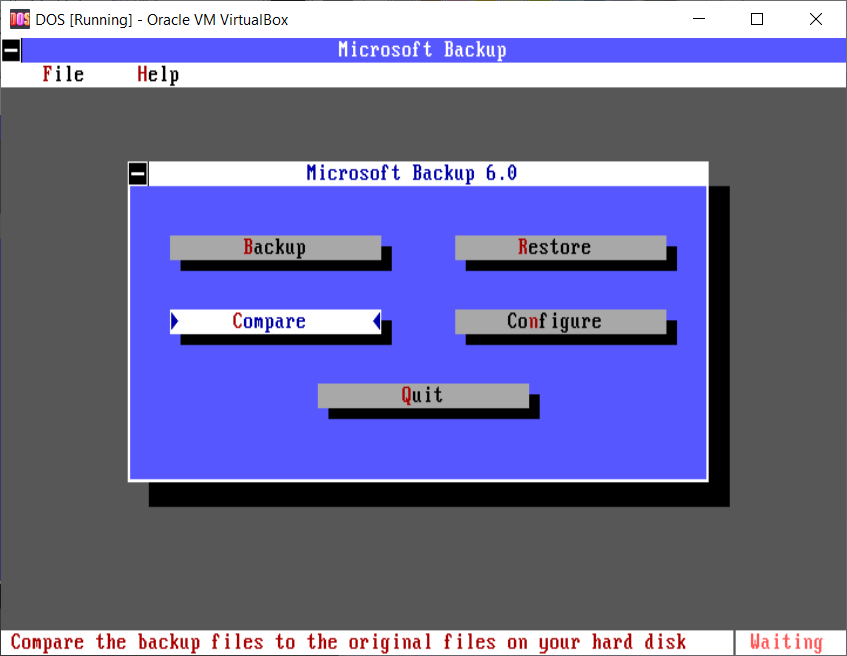
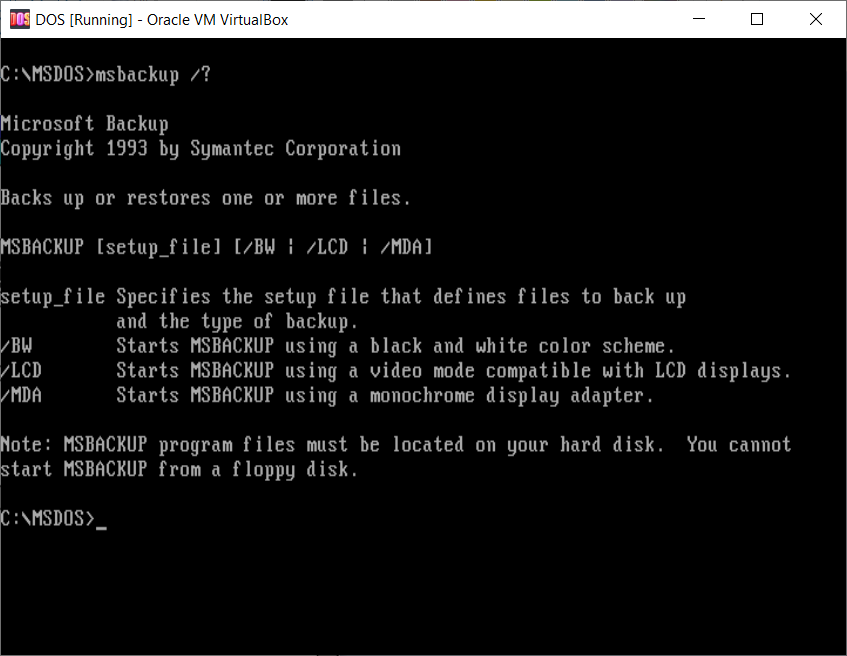
And finally (yes, finally), Microsoft DOS Shell sure does look like a Symantec product, now doesn't it 😂. I'll leave the research on this one up to an exercise for the reader.
Anyway, that's all for now. I am sure there are many other DOS GUI styles too. Thanks for following!
Anyway, that's all for now. I am sure there are many other DOS GUI styles too. Thanks for following!
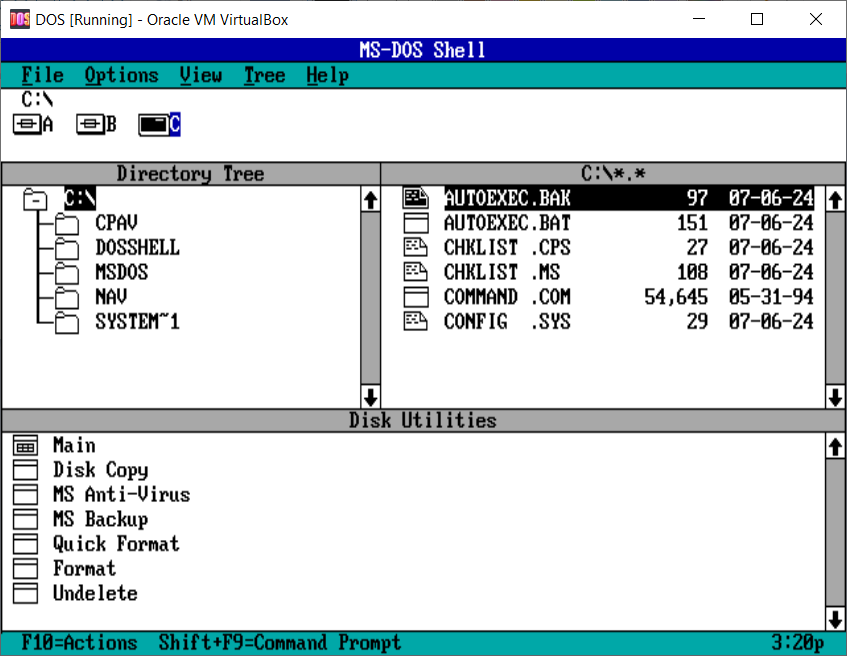
@threadreaderapp unroll
• • •
Missing some Tweet in this thread? You can try to
force a refresh












